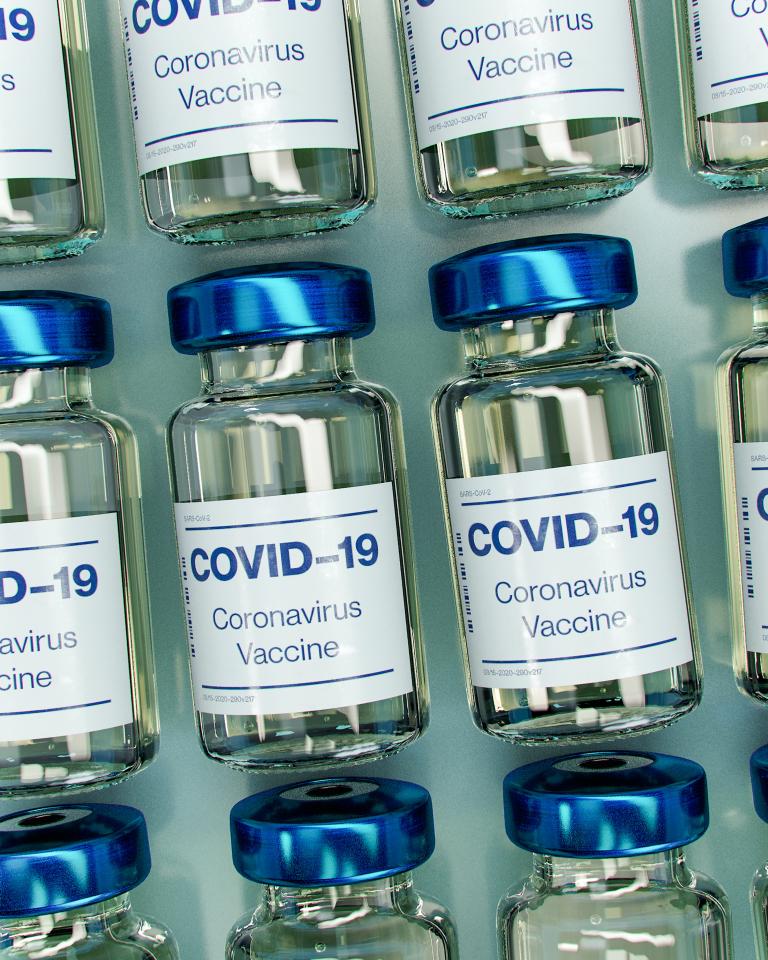02/02/2021
Transformation
If our healthcare system was a Mr Whippy ice-cream…
...you’d be wrong to think of SDEC as just the flake on top. The PSC performance team shares their biggest learnings from our SDEC virtual roundtable.
Perhaps an ice-cream is not the analogy we would have expected for Same Day Emergency Care (SDEC) services, but it’s stuck in our mind since Dr Steven Barden mentioned it at our roundtable.
It cuts to the heart of what our panellists discussed – SDEC is not an add-on. It is crucial for clinical teams to improve efficiency in hospitals and provide high quality care that delivers a positive patient experience.
Our speakers were:
• Dr Katherine Henderson, President at The Royal College of Emergency Medicine
• Stephen Dalton, Non-Executive Director of Greater Manchester Mental Health NHS Foundation Trust
• Rachel Vokes, Head of Hospitals Programme, National Urgent and Emergency Care Team
• Dr Steven Barden, Lead Consultant Acute Medicine & Ambulatory Care, Brighton & Sussex University Hospitals NHS Trust

To understand the vital role of SDEC in our healthcare system, our speakers outlined some fundamental concepts for how urgent care should work:
- There’s a big difference between emergency care and urgent care
As Dr Katherine Henderson explained: “[As a specialist in Emergency Medicine] I’m really good at offering acute care, but I don’t specialise in managing chronic illness” – she believes that managing urgent care for patients known to a hospital should not be part of the Emergency Department’s (ED) role.
ED is often seen as the front door to a hospital, so patients that are known to clinical teams may be sent through ED with an urgent (but not emergency) care need as a default. But there are better ways for these patients to enter the hospital, such that they go directly to the clinicians who are best placed to deliver their care. Why doesn’t this routinely happen already? Often it takes specialist advice to know exactly where in the hospital the patient should go, but in many cases there isn’t a service where staff making referrals can quickly access advice from clinical teams, without going through the ED.
Part of the role of SDEC services can include ensuring referred patients have access to the right advice, for example through having specialist consultants on-call. This would allow ED to stop acting as urgent care triage for the rest of the hospital and focus on true emergency care.
- Patients should be sent to the right place, first time
SDEC isn’t just about saving ED resources and time and avoiding admissions – it’s also about improving the patient experience. Quite simply put by Dr Fiona Wisniacki: it’s about getting patients to the right place, first time without needing to go through ED.
SDEC does not increase activity levels in hospital, instead it ensures the urgent needs of patients are more efficiently managed – whether that’s through a direct GP referral or telephone access to the right advice from clinical teams.
Our panellist Rachel Vokes noted that SDEC may not be cheaper for hospitals, at least in the short term. The real benefit of SDEC is that it’s more efficient, improves patient flow and can prevent patients deteriorating from unnecessary or long stays which will ensure better patient care. However, while there’s not enough data to confirm this, SDEC could also have long-term financial benefits due to increased efficiencies leading to positive outcomes like better staff retention.
- It shouldn’t just be good luck that your consultant gave you their phone number
SDEC is about creating a standardised service that allows patients to expect more.
Some clinicians are forging the way forward by making themselves available to offer urgent care advice to their external patients via dedicated care advice lines. But it shouldn’t be a lottery whether you strike lucky and have access to valuable, timely advice from your clinical team.
Stephen Dalton called for leaders to be bold to initiate long term behaviour change – we cannot keep running pilot after pilot that eventually gets cancelled.
Patients across the UK should come to expect that they can pick up the phone for urgent advice and access the right specialists without needing to head to ED if we want to foster real, long-term behaviour change.
How can we ensure that SDEC sticks?
There’s no better time than now
Dr Katherine Henderson shared her co-authored policy paper: ‘Rebuilding the NHS – Improving medical pathways for acute care.’ The paper shows that COVID has created the impetus to rethink our urgent and emergency care provision, and SDEC sits crucially in the recommendations.
Our guests shared new approaches, precipitated by COVID, to manage patients with chronic illness at home and avoid unnecessary admission to ED. Dr Tara Sood at The Royal Free noted their early successes with COVID virtual wards, and work to spot markers of deterioration in those at home so that they can be brought into hospital only when needed.
Ongoing work with NHSX will help to improve remote monitoring, showing positive developments in patient care. Out of a very tough time for our healthcare services, the green roots of innovation are sprouting.
Engage the right specialisms
To make SDEC services work, the services need access to the right clinical teams and advice.
This can be achieved through improving information flow between hospitals and the community, with primary and secondary clinicians working closely together to ensure that standards of care and advice are the same in hospital and out of hospital settings.
We identified some of the key groups who can make sure that SDEC is a success, including clinical nurse specialists, primary care and commissioners. We will be digging further into this, and how health and care systems can ensure they are engaged.
So to go back to Mr Whippy… SDEC is not a flake - it’s much more than just a nice-to-have. It can help to reduce admissions and make services better and more efficient for the patient.
We’ll continue to share our thoughts on how SDEC can be best implemented and highlight some positive case studies of systems that have done this well, so please do keep in touch. Thank you to all that attended and have contributed to this conversation so far.
In the meantime, please do speak to us if you would like to discuss anything that we’ve mentioned further or how this might apply to your organisation.
Latest News & Insights.

What does a good net zero programme look like for Integrated Care Systems?
The NHS has committed to reaching net zero in 2045 and Integrated Care Systems…

The PSC Wins Double Silver at the HSJ Partnership Awards 2024
We are delighted to announce that we have been awarded double silver at The HSJ…

National knowledge transfer and skills building programme for 50 mental health NHS Trusts to improve equity of experience for detained patients
In the year to March 2022, black people were almost 5 times as likely as white…

